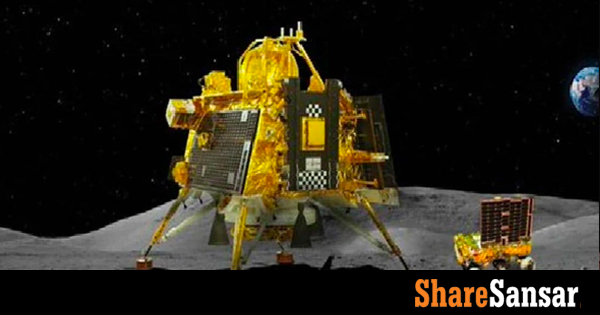From the Moon to the Sun: India Prepares for Its Next Space Mission
Sun, Sep 3, 2023 6:21 AM on Latest,

India's space agency is set to achieve another milestone on Saturday with the launch of a probe aimed at studying the Sun, just a week after its successful unmanned landing on the Moon.
Aditya-L1 will carry scientific instruments to observe the Sun's outermost layers, launching at 11:50 am (0620 GMT) for its four-month journey. The United States and the European Space Agency (ESA) have sent numerous probes to the center of the solar system, starting with NASA's Pioneer program in the 1960s. However, if successful, the latest mission by the Indian Space Research Organisation (ISRO) will be the first by any Asian nation to be placed in solar orbit.
"It's a challenging mission for India," said astrophysicist Somak Raychaudhury in an interview with broadcaster NDTV on Friday. Raychaudhury explained that the mission probe would study coronal mass ejections, a periodic phenomenon involving huge discharges of plasma and magnetic energy from the Sun's atmosphere. These bursts are so powerful that they can reach Earth and potentially disrupt satellite operations. Aditya will help predict these phenomena "and alert everybody so that satellites can shut down their power," he said. "It will also help us understand how these things happen, and in the future, we might not need a warning system out there."
Aditya, named after the Hindu Sun deity, will travel 1.5 million kilometers (930,000 miles) to reach its destination. It is being launched using the ISRO-designed, 320-tonne PSLV XL rocket, which has been a mainstay of the Indian space program, powering earlier missions to the Moon and Mars. The mission also aims to shed light on the dynamics of several other solar phenomena by imaging and measuring particles in the Sun's upper atmosphere.
India has been steadily matching the achievements of established spacefaring powers at a fraction of their cost. The South Asian nation has a comparatively low-budget space program, but one that has grown considerably in size and momentum since it first sent a probe to orbit the Moon in 2008. Experts say India can keep costs low by copying and adapting existing technology, and thanks to an abundance of highly skilled engineers who earn a fraction of their foreign counterparts' wages. Last month's successful lunar landing, a feat previously achieved only by Russia, the United States, and China, cost less than $75 million. The touchdown was widely celebrated by the public, with prayer rituals to wish for the mission's success, and schoolchildren following its final descent from live broadcasts in classrooms.
India became the first Asian nation to put a craft into orbit around Mars in 2014 and is slated to launch a three-day crewed mission into Earth's orbit by next year. It also plans a joint mission with Japan to send another probe to the Moon by 2025 and an orbital mission to Venus within the next two years.
Source: Rastriya Samachar Samiti (RSS)


